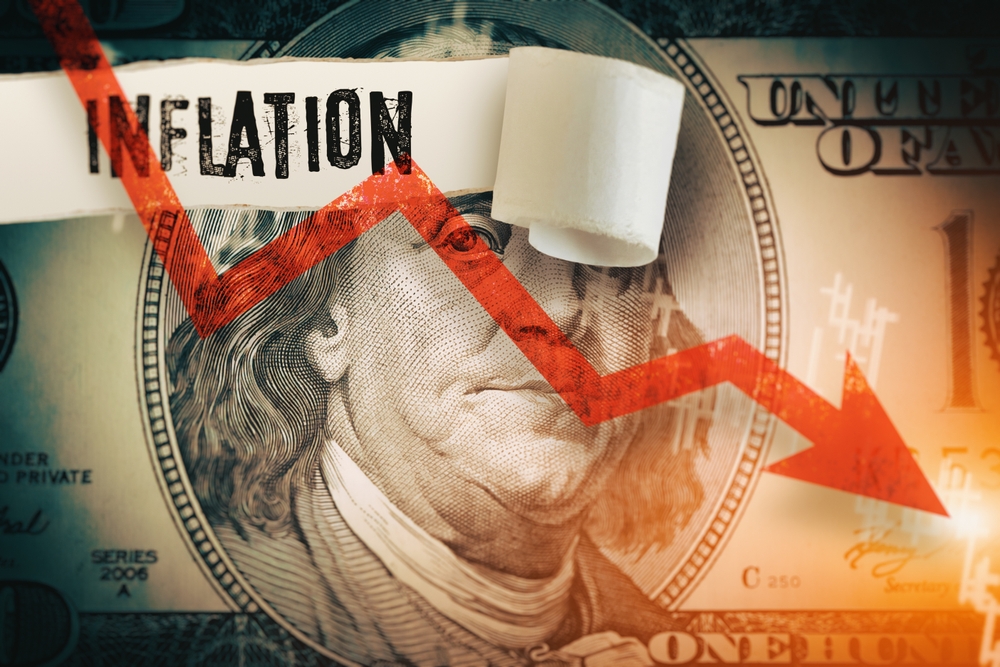KEY TAKE-AWAYS:
- The Federal Reserve has raised its benchmark interest rate for the 10th time in just over a year, and has given a tentative indication that the current tightening cycle may be coming to an end.
- The decision, which had been widely expected, brings the fed funds rate to a target range of 5%-5.25%, and was agreed upon unanimously.
- In contrast to the central bank’s comments in March, the post-meeting statement did not include a sentence stating that “the Committee anticipates that some additional policy firming may be appropriate” for the Fed to achieve its 2% inflation target.
The Federal Reserve announced on Wednesday that it had increased interest rates by a quarter of a percentage point, marking the end of a 14-month campaign to combat persistent inflation. However, experts predict that this could be the last rate hike for the foreseeable future due to indications of a weakening job market and slowing economic growth. Banking sector instability also introduces new uncertainties.
The Fed’s statement alluded to this, omitting previous language about the probable necessity for additional rate hikes. The US economy is losing momentum, with banking troubles and other obstacles contributing to the slowdown.
The Fed has increased borrowing costs over ten consecutive meetings, bringing the benchmark rate to between 5% and 5.25%. This aligns with the Fed policymakers’ predictions from March regarding year-end rates. Although inflation has cooled since last summer, it remains over double the central bank’s 2% target.
According to the Fed’s favored inflation metric, March’s data showed a 4.2% price increase from the previous year. The “core” inflation rate, which excludes unstable food and energy prices, stood at 4.6%.
Aggressive rate hikes by the Fed have curbed inflation, but signs of the Fed’s success are emerging. Sectors like construction and manufacturing, particularly susceptible to borrowing costs, have slowed down. Consumer spending also decelerated significantly after a robust January.
Despite unemployment remaining near a 50-year low, the job market is losing momentum. March saw the lowest job gains over two years, and layoffs have risen, although they are still rare historically.
Experts caution against further rate hikes, arguing that they might jeopardize more jobs without effectively controlling prices. The recent banking turmoil also complicates the Fed’s decision-making process. Since the collapse of Silicon Valley Bank and Signature Bank in March, other lenders have become more hesitant to extend loans.
This decline in lending negatively impacts economic growth, much like increasing interest rates, but its effects are even more challenging to gauge and forecast. As a result, the Fed has contributed to the banking instability, with its forceful rate hikes diminishing the value of some bank investments.
A recent Fed report criticized its supervisors for inadequate monitoring of Silicon Valley Bank, allowing issues to worsen until it was too late. The Fed’s vice chair for supervision, Michael Barr, acknowledged the policy choice made in 2019 and a shift towards lighter bank regulation. He pledged more rigorous oversight in the future, with Fed chairman Jerome Powell supporting his findings and recommendations for robust bank regulation.



